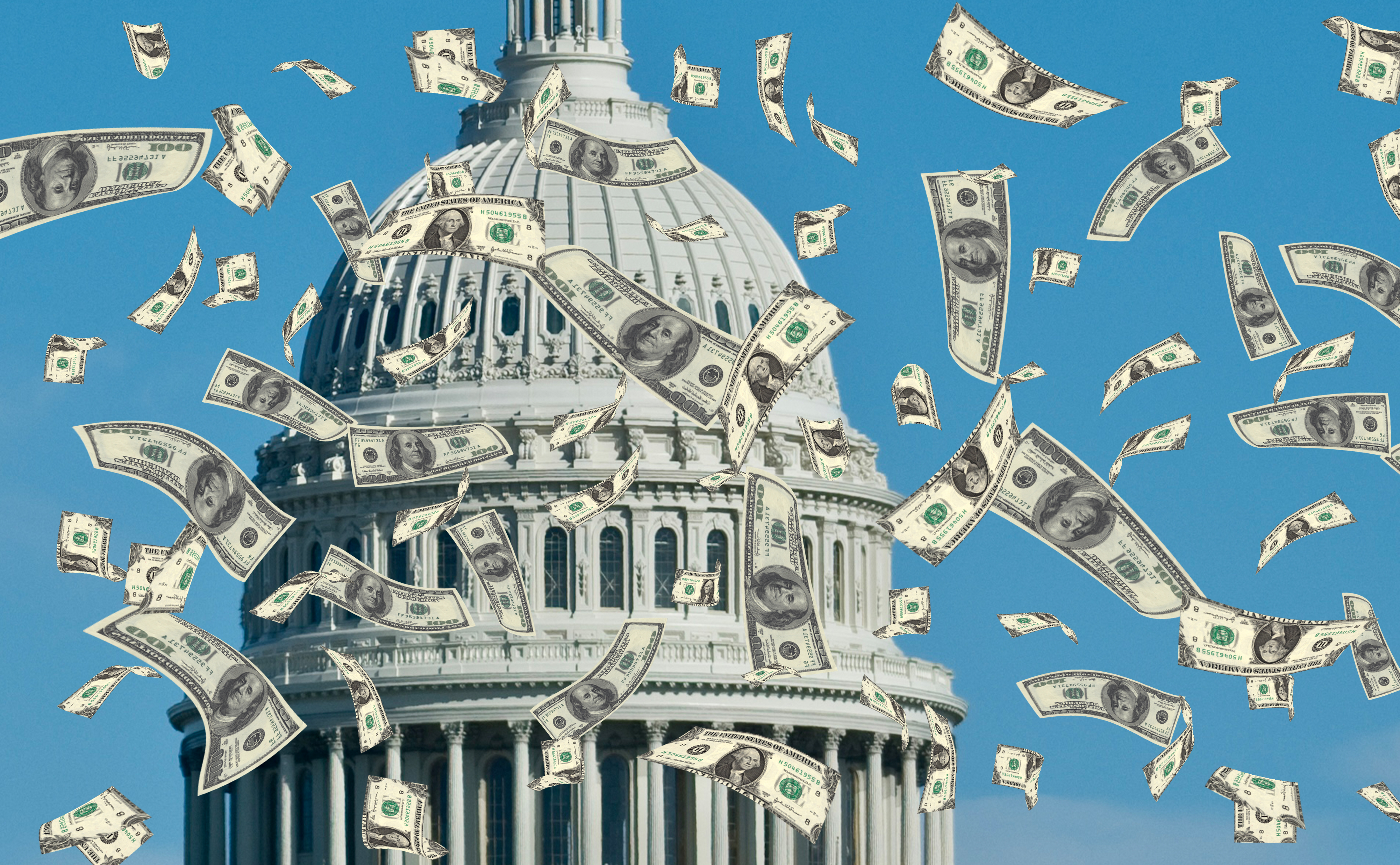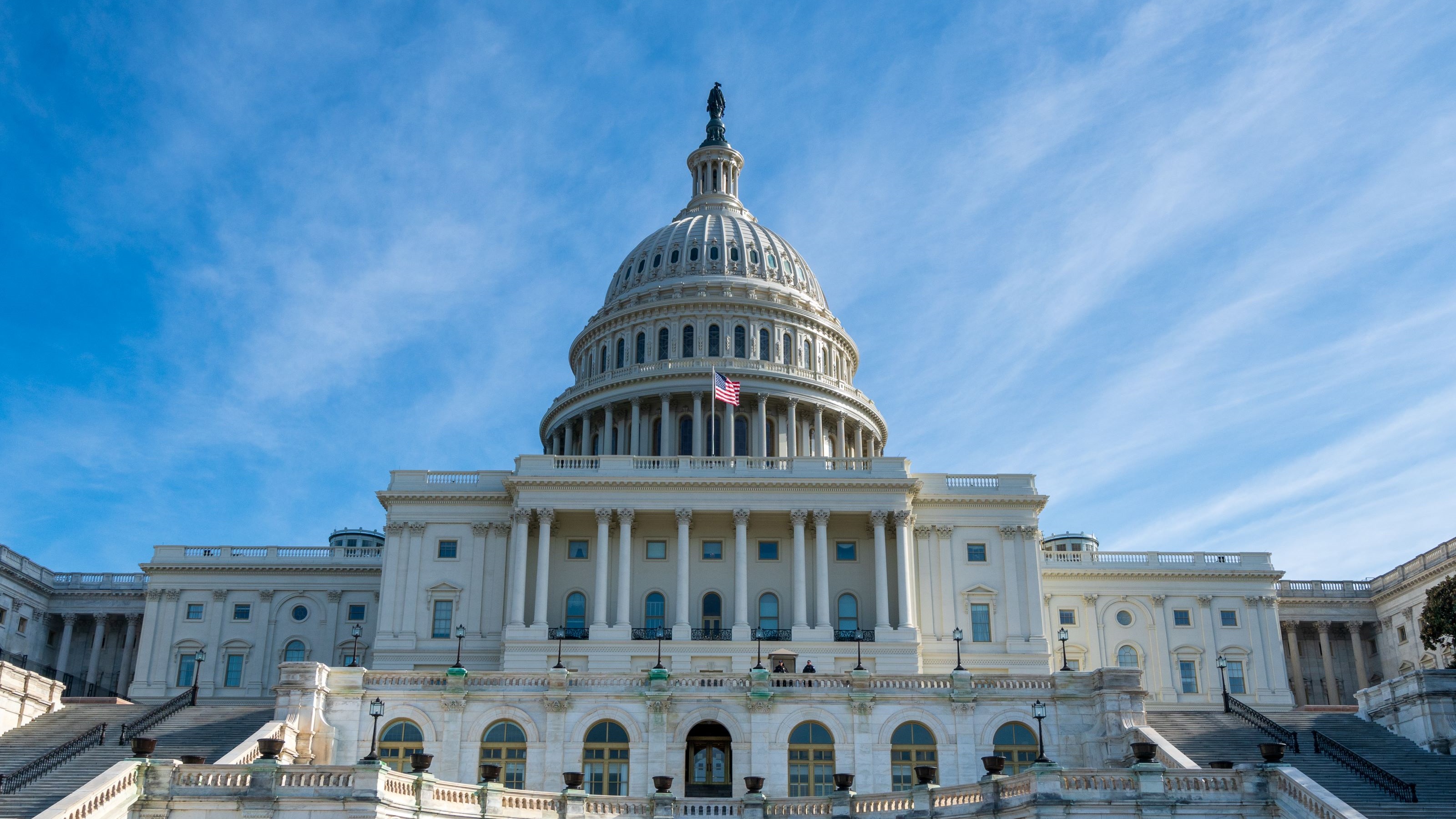The Best Way to Get a Tax Break for Child Care Costs
A flexible spending account escapes federal income taxes as well as payroll taxes.


My employer is offering a dependent-care flexible spending account during open enrollment for 2016, and I’m wondering if it’s better to sign up for this FSA or to take the child-care tax credit. Or can I do both?
If you have the choice, you’ll generally come out ahead with the dependent-care FSA rather than the child-care tax credit. But you may be able to use both if your child-care expenses top $5,000.
The dependent-care FSA lets you set aside up to $5,000 in pretax money for child-care expenses, including the cost of a nanny, day care, a babysitter, preschool, before- or after-school programs, and even summer day camp, for children younger than 13 while you and your spouse work (one spouse can be a full-time student). The FSA escapes federal income taxes as well as the 7.65% in Social Security and Medicare taxes. The higher your income (and higher your tax bracket), the bigger the benefit you’ll get. If you’re in the 25% federal tax bracket, for example, you’ll save 32.65% in taxes on the money you contribute to the FSA, and setting aside $5,000 in the dependent-care account can reduce your tax liability by $1,632.50. You’ll save even more if your contributions reduce your state income taxes, too.
From just $107.88 $24.99 for Kiplinger Personal Finance
Become a smarter, better informed investor. Subscribe from just $107.88 $24.99, plus get up to 4 Special Issues

Sign up for Kiplinger’s Free Newsletters
Profit and prosper with the best of expert advice on investing, taxes, retirement, personal finance and more - straight to your e-mail.
Profit and prosper with the best of expert advice - straight to your e-mail.
The dependent-care credit, on the other hand, counts up to $3,000 in child-care expenses if you have one child or $6,000 if you have two or more children. The credit is worth from 20% to 35% of those expenses, depending on the size of your income. If your income is more than $43,000, for example, the credit is worth 20% of your eligible expenses. (It’s worth more for lower incomes.) Because it’s a tax credit, it lowers your tax liability dollar for dollar, so if you have $5,000 in child-care expenses for two or more children, your credit would be worth $1,000.
You can’t double dip tax breaks and use the same money for both the dependent-care FSA and the tax credit. However, if you have two or more kids and sock $5,000 in an FSA, you can count up to $1,000 in child-care expenses toward the dependent-care credit, too. If your income is $43,000 or higher, claiming $1,000 of the credit will be worth $200, even if you’ve maxed out the dependent-care FSA.
For more information, see IRS Publication 503, Child and Dependent Care Expenses.
Profit and prosper with the best of Kiplinger's advice on investing, taxes, retirement, personal finance and much more. Delivered daily. Enter your email in the box and click Sign Me Up.

As the "Ask Kim" columnist for Kiplinger's Personal Finance, Lankford receives hundreds of personal finance questions from readers every month. She is the author of Rescue Your Financial Life (McGraw-Hill, 2003), The Insurance Maze: How You Can Save Money on Insurance -- and Still Get the Coverage You Need (Kaplan, 2006), Kiplinger's Ask Kim for Money Smart Solutions (Kaplan, 2007) and The Kiplinger/BBB Personal Finance Guide for Military Families. She is frequently featured as a financial expert on television and radio, including NBC's Today Show, CNN, CNBC and National Public Radio.
-
 Retirees in These 7 States Could Pay Less Property Taxes Next Year
Retirees in These 7 States Could Pay Less Property Taxes Next YearState Taxes Retirement property tax bills could be up to 65% cheaper for some older adults in 2026. Do you qualify?
-
 Estate Tax Quiz: Can You Pass the Test on the 40% Federal Rate?
Estate Tax Quiz: Can You Pass the Test on the 40% Federal Rate?Quiz How well do you know the new 2026 IRS rules for wealth transfer and the specific tax brackets that affect your heirs? Let's find out!
-
 'The 'Mamdani Effect' in New York: Can the City Afford a Millionaire Tax?
'The 'Mamdani Effect' in New York: Can the City Afford a Millionaire Tax?State Tax Will higher income taxes drive the wealthy to flee New York in 2026?
-
 Retirees in These 7 States Could Pay Less Property Taxes Next Year
Retirees in These 7 States Could Pay Less Property Taxes Next YearState Taxes Retirement property tax bills could be up to 65% cheaper for some older adults in 2026. Do you qualify?
-
 Estate Tax Quiz: Can You Pass the Test on the 40% Federal Rate?
Estate Tax Quiz: Can You Pass the Test on the 40% Federal Rate?Quiz How well do you know the new 2026 IRS rules for wealth transfer and the specific tax brackets that affect your heirs? Let's find out!
-
 5 Types of Gifts the IRS Won’t Tax: Even If They’re Big
5 Types of Gifts the IRS Won’t Tax: Even If They’re BigGift Tax Several categories of gifts don’t count toward annual gift tax limits. Here's what you need to know.
-
 The 'Scrooge' Strategy: How to Turn Your Old Junk Into a Tax Deduction
The 'Scrooge' Strategy: How to Turn Your Old Junk Into a Tax DeductionTax Deductions We break down the IRS rules for non-cash charitable contributions. Plus, here's a handy checklist before you donate to charity this year.
-
 Tax Refund Alert: House GOP Predicts 'Average' $1,000 Payouts in 2026
Tax Refund Alert: House GOP Predicts 'Average' $1,000 Payouts in 2026Tax Refunds Here's how the IRS tax refund outlook for 2026 is changing and what steps you can take now to prepare.
-
 New IRS Changes to FSA Contribution Limits for 2026: What to Know
New IRS Changes to FSA Contribution Limits for 2026: What to KnowHealth Care Flexible Spending Accounts have tax advantages worth looking into, especially in light of new IRS changes.
-
 Is a New $25,000 Health Care Tax Deduction Coming in 2026?
Is a New $25,000 Health Care Tax Deduction Coming in 2026?Tax Policy A proposal from GOP Sen. Josh Hawley adds to the chatter about health care affordability.
-
 3 Ways High-Income Earners Can Maximize Their Charitable Donations in 2025
3 Ways High-Income Earners Can Maximize Their Charitable Donations in 2025Tax Deductions New charitable giving tax rules will soon lower your deduction for donations to charity — here’s what you should do now.